Photo contest results
A life cycle in the marine world
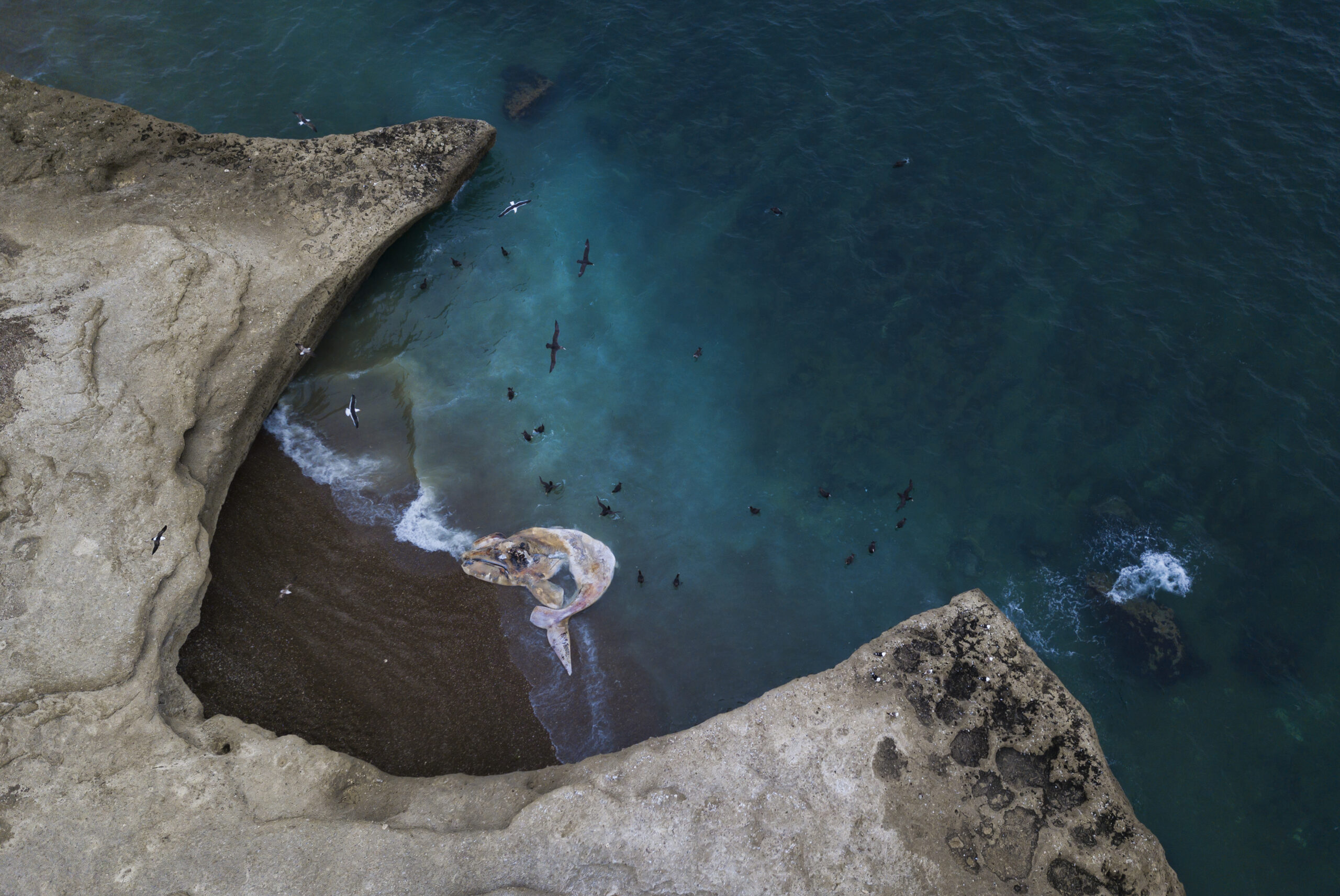
A life cycle in the marine world: a majestic dead whale has washed ashore, and petrels feed on the feast it provides for weeks. This scene reflects the crucial interdependence of species in marine ecosystems, where the death of a gigantic creature like the whale triggers a celebration of life for other species. This symbiosis highlights the importance of biodiversity and the vital role played by scavenger species in preventing waste accumulation and reintroducing essential nutrients into the food chain, thereby contributing to the balance and health of ecosystems.
Geoffroy´s cats fate
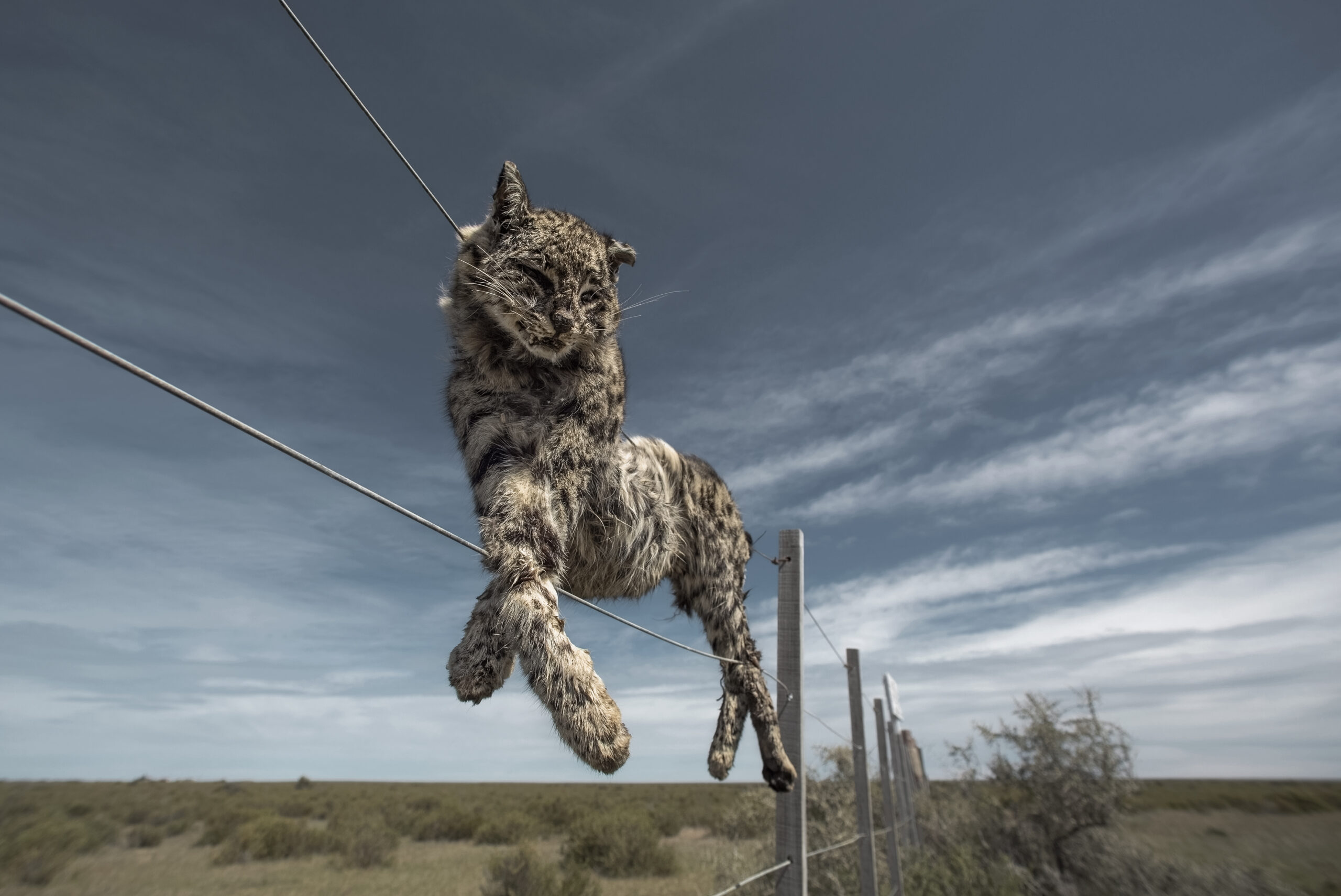
In the rural regions of South America, the tradition of hanging dead animals on the fences of fields reflects the relationship between rural communities and the land. However, it can also contribute to biodiversity loss. Displaying felines as trophies involves hunting and poses a threat to their populations. Furthermore, by acting as a barrier to other animals, this practice disrupts ecological processes and challenges biological diversity, ultimately disturbing the natural balance and impacting wildlife in the region over the long term.
Love is in the ocean
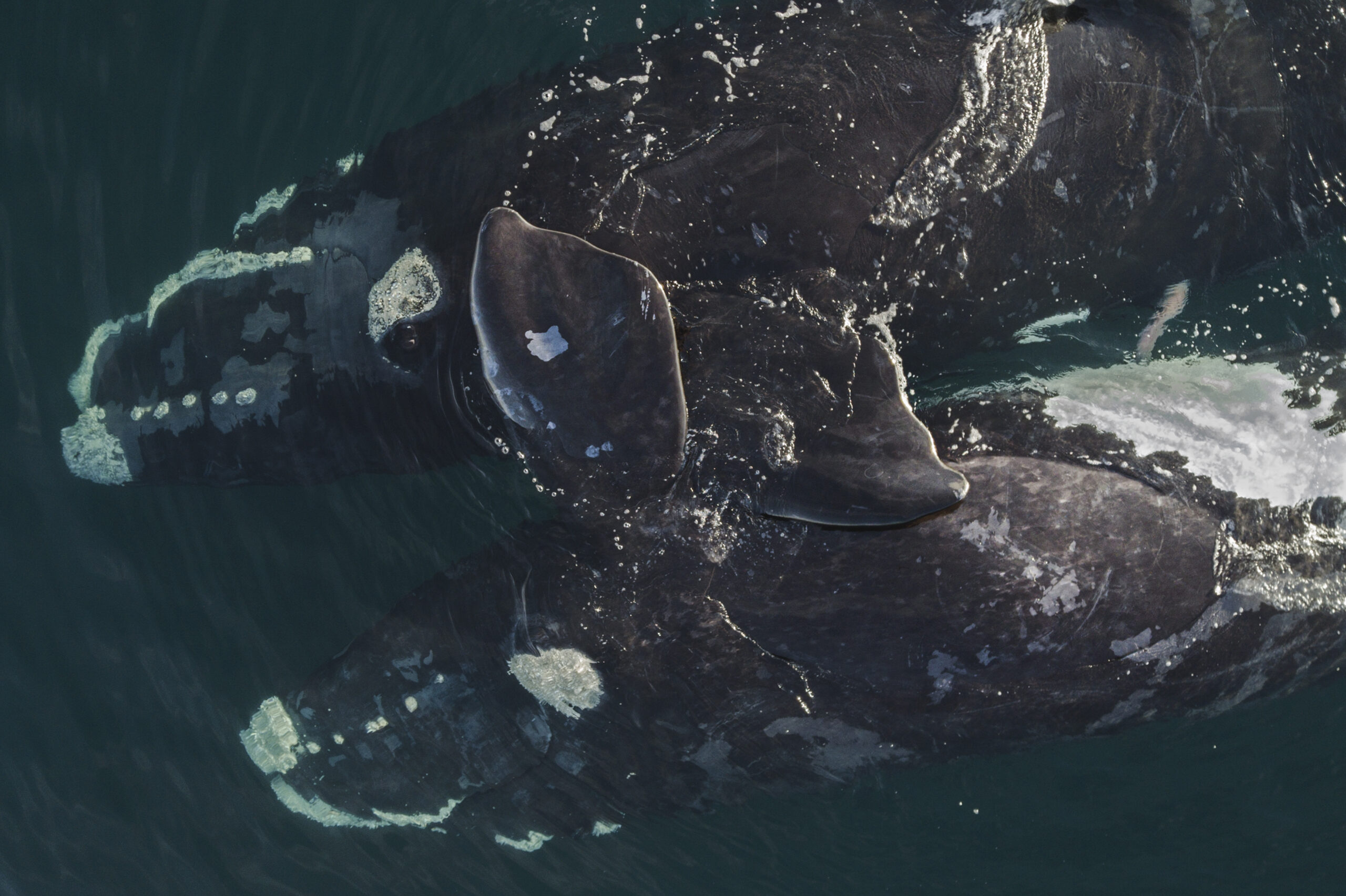
The image captures an amotional moment of love in the vast expanse of the ocean: two majestic Southern right whales mating. Their colossal bodies intertwined in an aquatic dance reflect the profound bond between these marine giants. This union symbolizes love in marine life and the generation of new lives in the ocean, reminding us of the importance of preserving and safeguarding these crucial moments in nature. Each new whale that will come will be a gift from the sea for the future of our oceans.
Let's walk on the beach
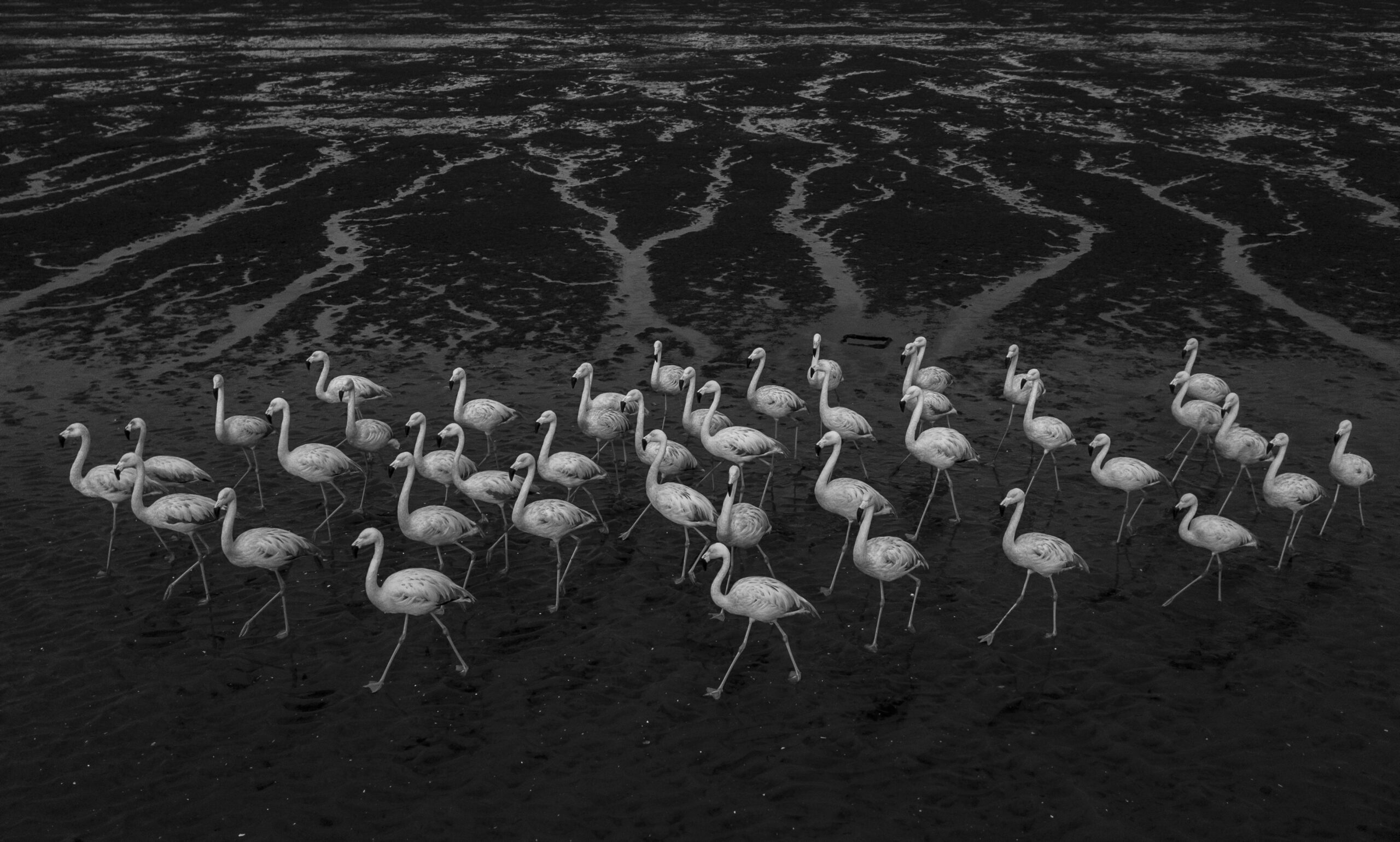
During the COVID-19 pandemic, residents of Puerto Madryn were prohibited from going to the beach. As a result, some flamingos began to appear, finding food in the intertidal area and moving freely to choose a new feeding site, which they continue to use today. The image reflects a respite that humans inadvertently granted to biodiversity, without interfering with their daily behavior, and also serves as a reminder of a challenging period in human history.
Nature's architect
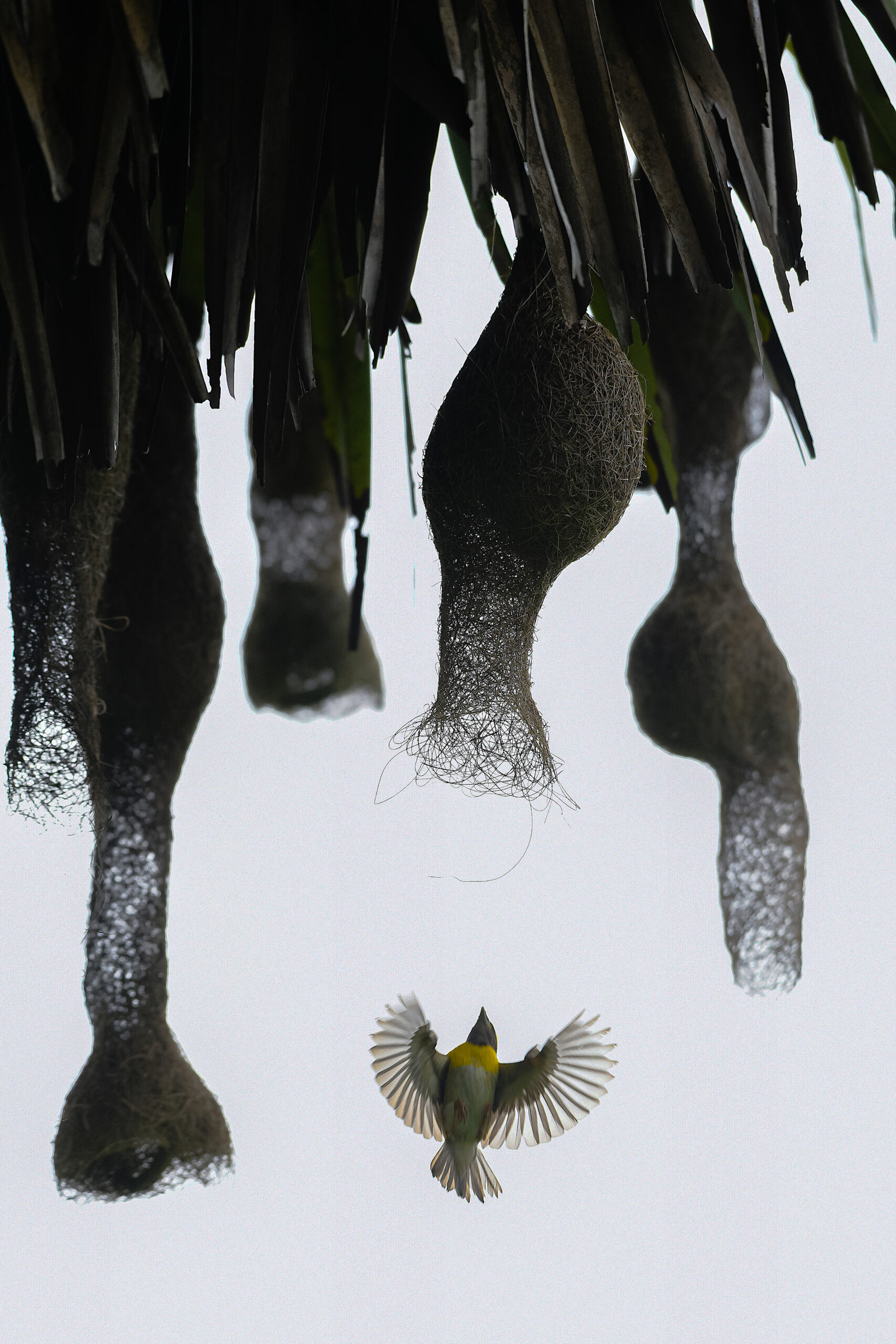
The monsoons are when the baya weaver (Ploceus philippinus) breeds and raises its families, hence the monsoons are when its biological clock runs. Gaining a woman’s favour might be a struggle for a male baya weaver. He needs to impress her with his “architectural” skills in order to gain the go-ahead. If she takes Le Corbusier’s meticulousness to the evaluation, bad luck for him. The number of baya weavers, once widespread throughout India, is now progressively declining as grasslands are being lost and transformed into landscapes dominated by humans.
Vestiges
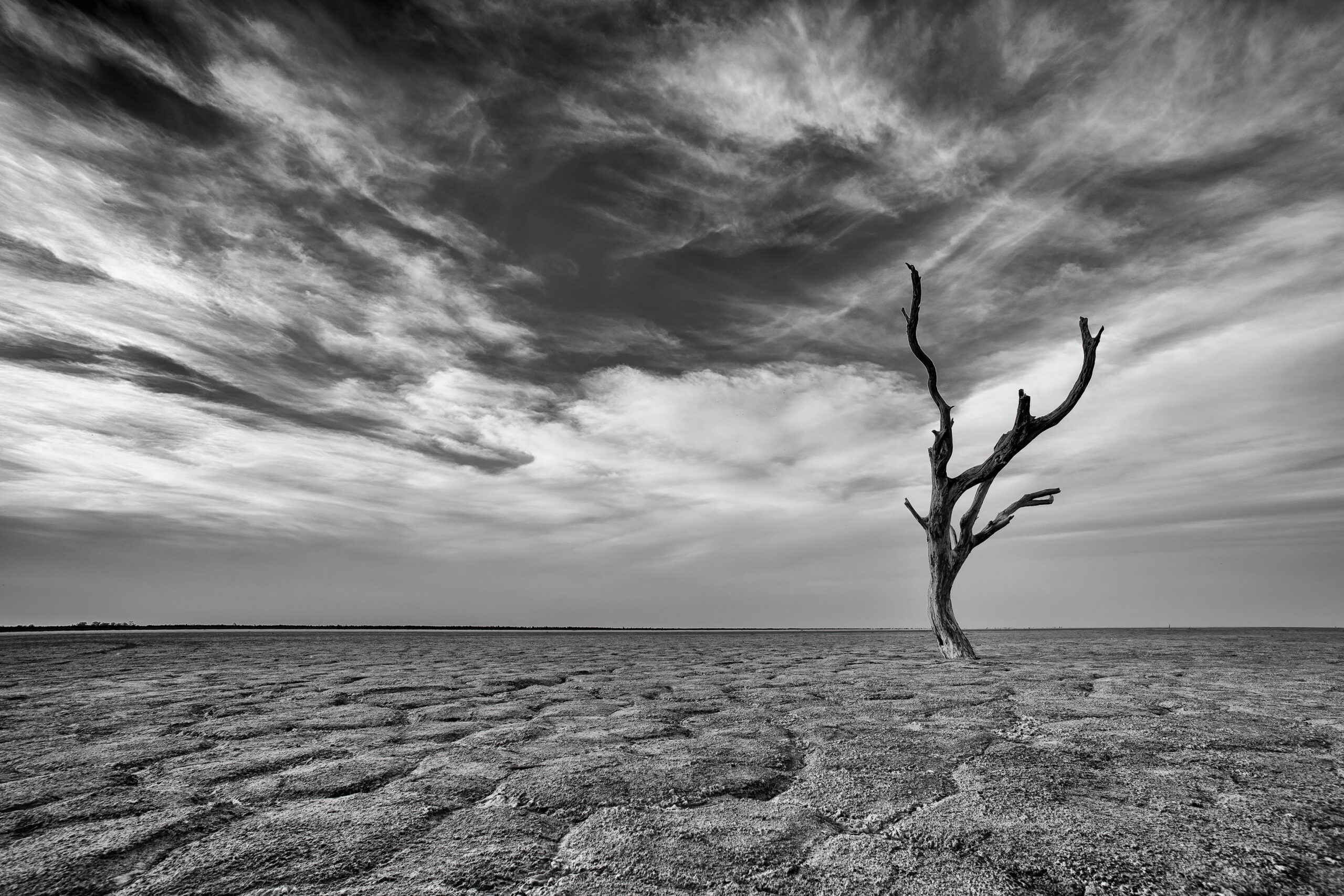
When I went to visit the Ansenuza National Park (Córdoba, Argentina), northeast of the province of Córdoba; I found two very different scenarios. On the one hand, the beauty of the flamingos, their pinks, their whites in an immense blue. But then I came across the consequences of the great drought that has been hitting Argentina as a result of human hand, of land clearing. This drought deeply affected the levels of the lagoon, the level dropped greatly and has exposed 400 meters of extension from the coast.
Guayaquil vulnerable ante el cambio climático

Con la pérdida de sus ecosistemas naturales como bosque seco, manglar, la ciudad de Guayaquil, se encuentra altamente vulnerable a sufrir los impactos del cambio climático, como aumentos de temperatura, subida del nivel del mar, nula protección costera, inundaciones, entre otros. Por ello, la importancia de preservar las áreas naturales protegidas y procurar más mecanismos como solución basada en la naturaleza para mitigar los efectos del cambio climático en las ciudades.
Calm
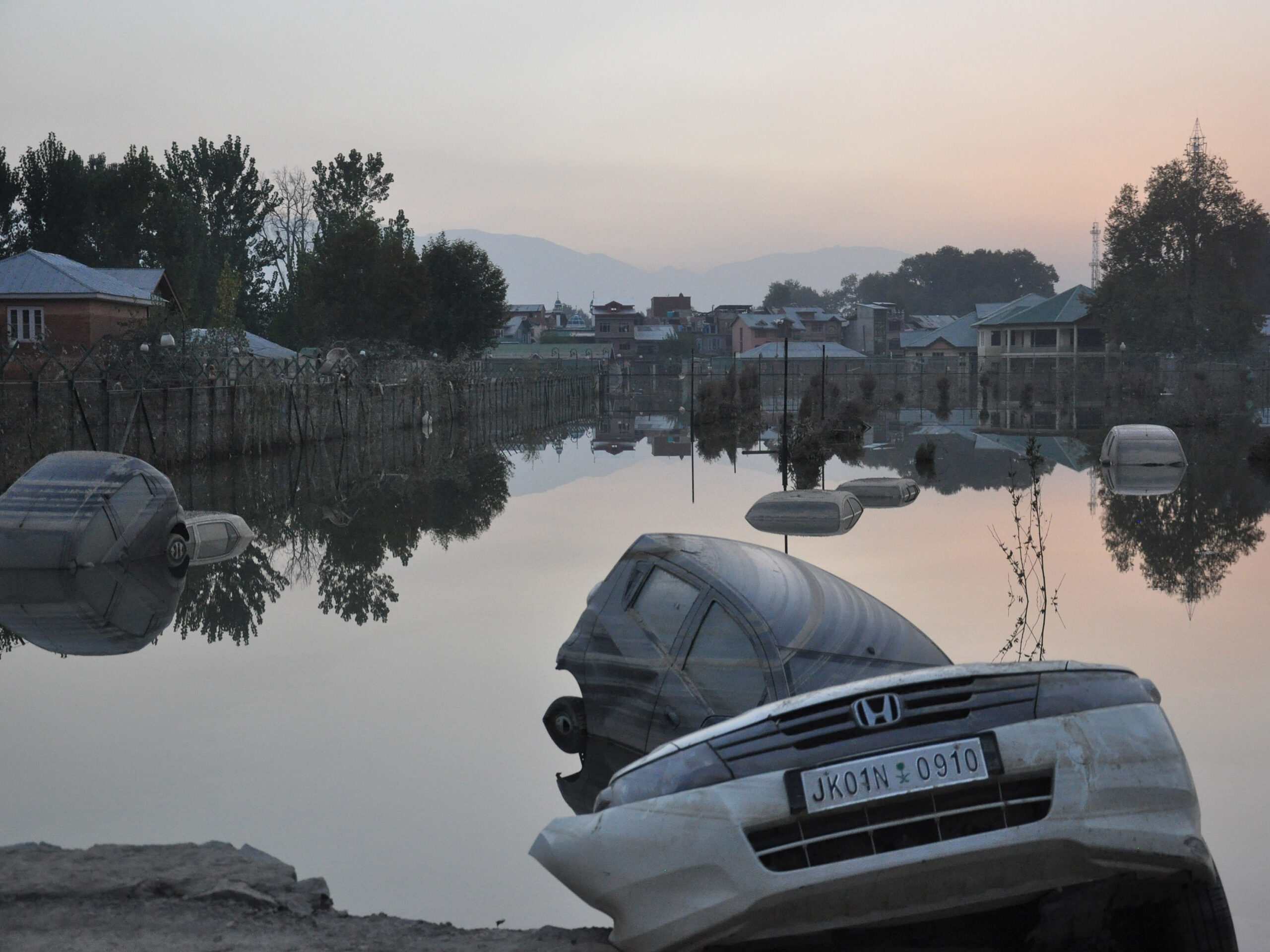
Kashmir Floods, 2014. Lying in Indus valley, the northern states of India are blessed by the flows of 5 rivers. Kashmir which lies in the northern end of the region witnessed unexpected rainfall in 2014 triggering floods in 2 of its rivers Jhelum and Chenab. Its capital city, Srinagar was mostly submerged. The infrastructure of the region, where a lot of its localities are built at a lower ground level served as the biggest challenge, as even when machines pumped out the water, it inadvertently came back. Thus, the regions stayed submerged until the river and flood water completely receded off by itself.
El oro, es más precioso que el Río Nangaritza

Currently, informal miners, supposedly legal with permits from ARCOM and the Ministry of the Environment, do and undo with the life of the Nangaritza River whatever they please, in the province of Zamora Chinchipe, however for the authorities there is no contamination.
Before the sun sets

Its plumage, bathed in light, shines with a tranquil beauty as it dries. This poignant moment reminds us of the fragility of wildlife. In an increasingly vulnerable world, the solitude of this creature underscores the critical importance of conserving and safeguarding marine and coastal ecosystems. Each penguin represents a valuable piece in the biodiversity puzzle, and capturing this moment urges us to care for wildlife and its environment with renewed appreciation and urgency.
When the earth burns

Lifeless, it is the outcome left by forest fires and a poignant example of how our actions can trigger biodiversity loss. Forest fires disrupt natural habitats, obliterate vegetation, and endanger wildlife, thus contributing to the decline in biological diversity. This image serves as a reminder of the urgent need to preserve natural ecosystems and take responsible actions to safeguard the fauna and flora that rely on them.
Involución
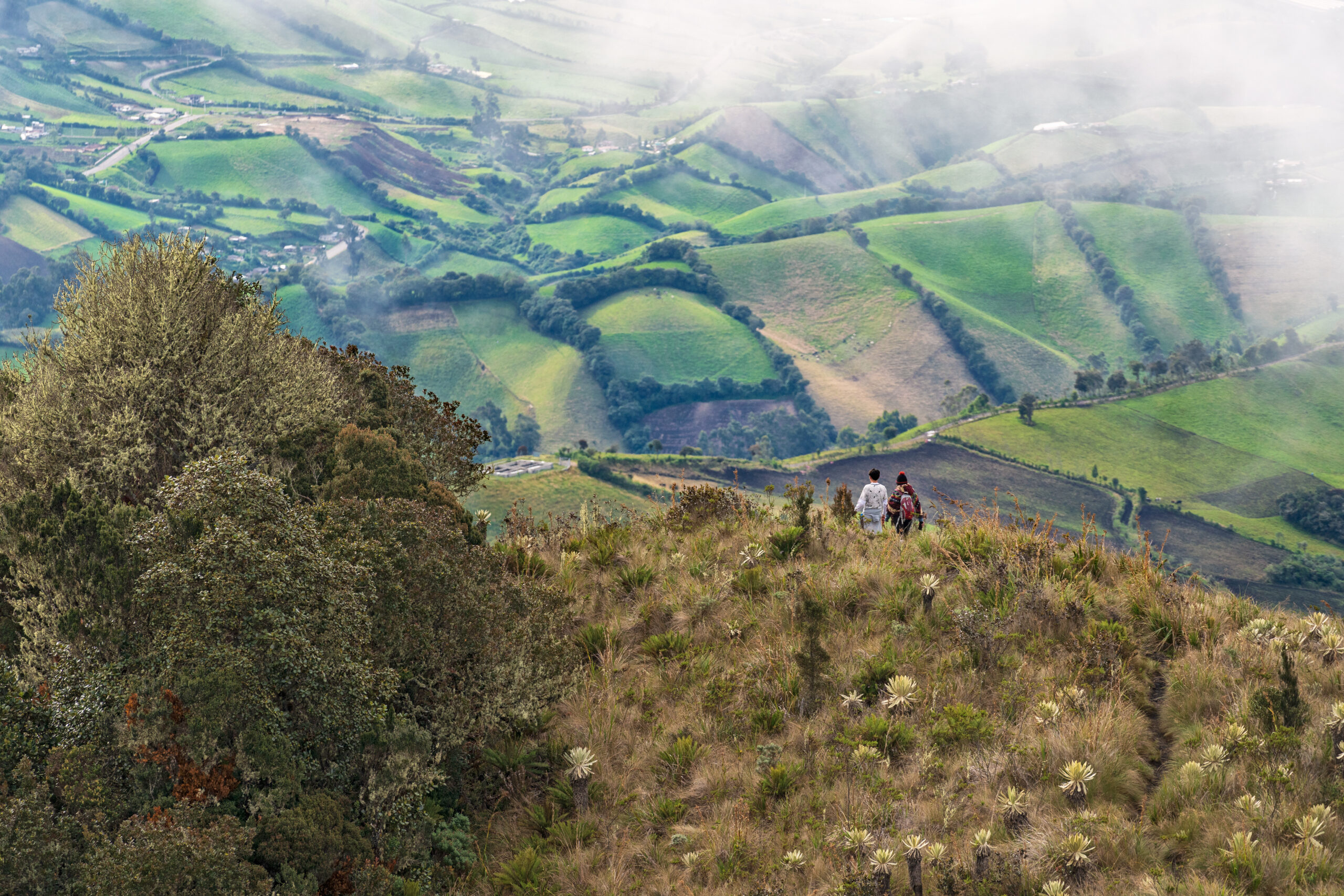
Al descender de la reserva entre el medio de variedad de flora y un aire puro, se deja ver el avance del ser humano sobre la tierra. La deforestación en varios sectores avanza, por ser reserva no se ve afectada, a diferencia de sus alrededores donde aun existen frailejones y una gran variedad de fauna y flora que ya se ve amenazada por el ser humano.